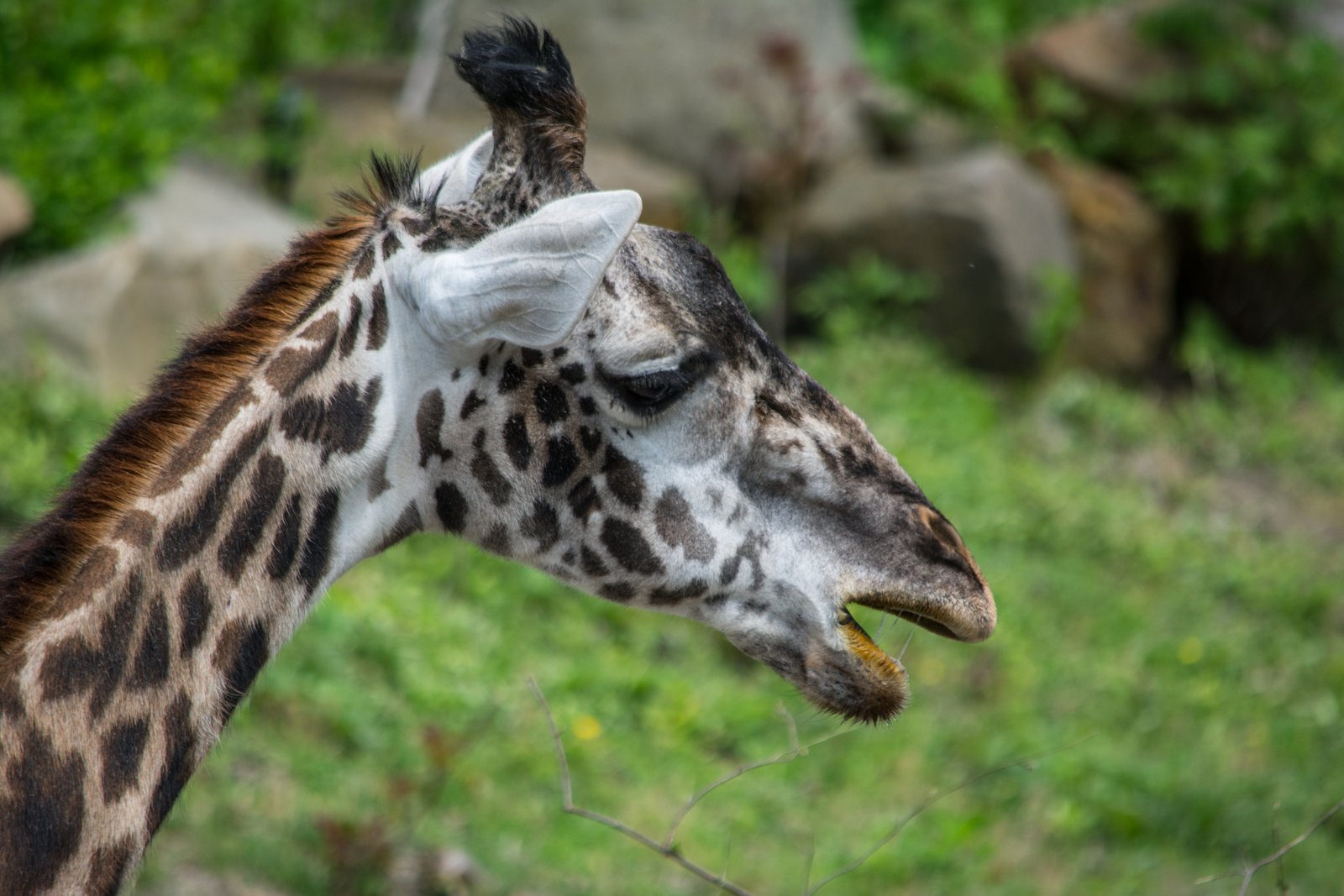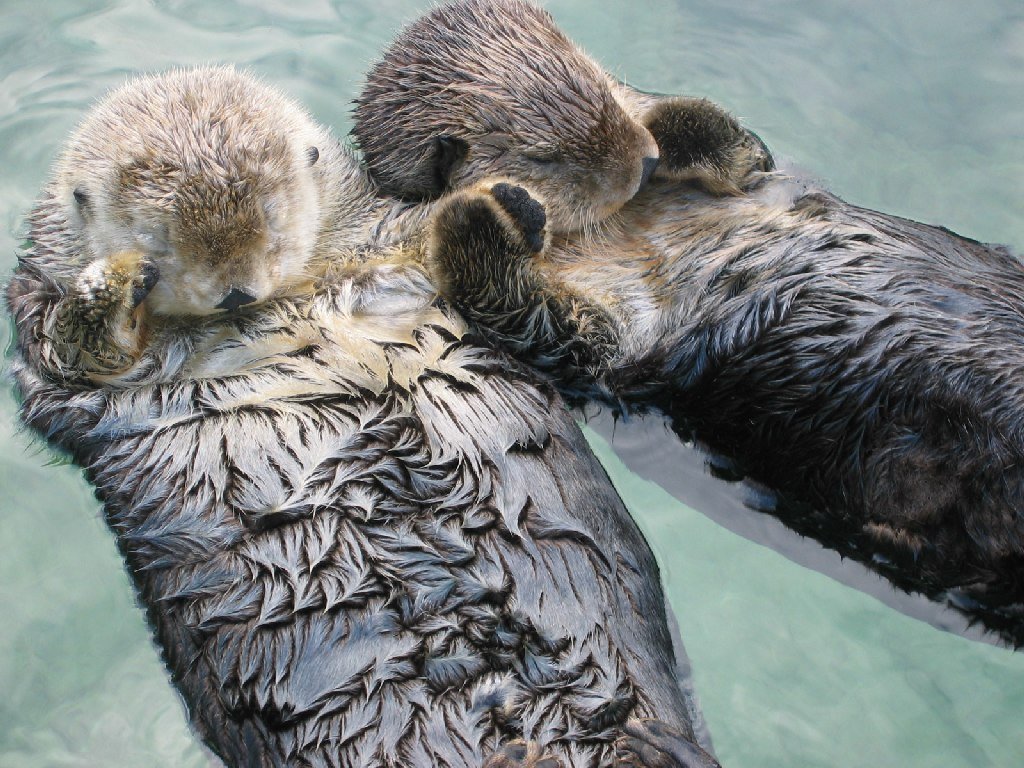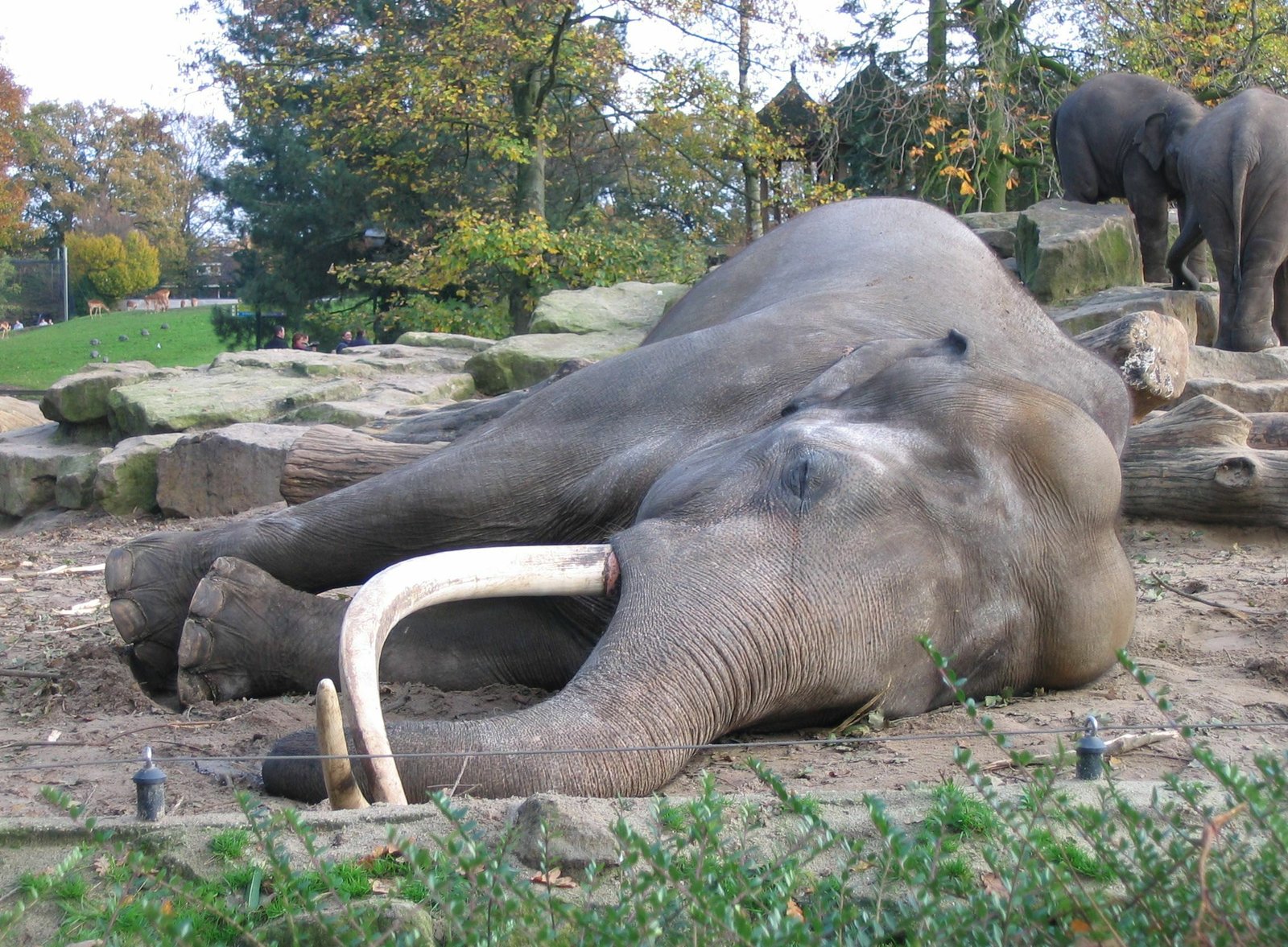Imagine drifting off to sleep clinging to a branch high above the ground, or perhaps resting underwater while holding your breath. In the animal kingdom, sleep comes in myriad forms, each as fascinating as the creatures themselves. The world of animal sleep is a testament to nature’s ingenuity, showcasing strategies that are both strange and brilliant. From marine mammals that slumber while swimming, to birds that catch a nap mid-flight, these unique habits reveal the incredible adaptability of life on Earth. Let’s embark on this journey to uncover the 11 most bizarre yet brilliant sleeping habits among our animal friends.
Dolphins: Masters of Unihemispheric Sleep
Dolphins have perfected the art of unihemispheric sleep, a process where one half of their brain remains awake while the other half takes a rest. This remarkable ability allows them to maintain essential bodily functions, such as breathing, while keeping an eye out for predators. Imagine being able to sleep while still being aware of your surroundings—a feat humans can only dream of! Dolphins take turns resting each hemisphere of their brain, ensuring they stay alert and ready for action. This fascinating adaptation is essential for their survival in the vast and unpredictable ocean environment.
Giraffes: The Shortest Sleepers

Towering above the African savannah, giraffes hold the title for the shortest sleep requirement among mammals. On average, these gentle giants sleep for a mere 30 minutes to two hours a day, often in short bursts of a few minutes at a time. Their unique sleeping pattern is a survival strategy, minimizing vulnerability to predators while still getting the rest they need. Giraffes often sleep standing up, but occasionally, they’ll fold their long legs beneath them and rest their heads on their hindquarters for a deeper slumber. Despite their minimal sleep, giraffes thrive in their natural habitat, proving that sometimes, less is more.
Birds: The Art of Sleeping on the Wing
Some bird species have mastered the extraordinary ability to sleep while flying. This incredible feat is known as “sleeping on the wing,” allowing these avian travelers to cover vast distances without stopping. For example, the Alpine swift can remain airborne for up to 200 days, catching brief naps mid-flight. Scientists believe these birds utilize unihemispheric sleep, similar to dolphins, to maintain their course while resting. This adaptation is crucial for migratory birds, enabling them to traverse continents in search of food and breeding grounds. It’s a testament to the resilience and adaptability of life in the skies.
Walruses: Sleeping in Both Water and Land
Walruses exhibit a versatile sleeping pattern, slumbering both on land and in the water. These hefty marine mammals are equipped with air sacs in their necks, allowing them to float effortlessly while sleeping at sea. When on land, walruses pile together in large groups, snuggling for warmth and protection. This dual sleeping capability ensures they can rest regardless of their location, adapting to the ever-changing Arctic environment. Their ability to switch between aquatic and terrestrial slumber highlights the walrus’s adaptability, a crucial trait for surviving in their harsh, icy habitat.
Sloths: The Masters of Relaxation
Known for their leisurely pace, sloths are the epitome of relaxation, often sleeping for 15 to 20 hours a day. These tree-dwelling creatures have a slow metabolism, which conserves energy and allows for extended periods of rest. Sloths sleep while hanging upside down from branches, their powerful claws providing a secure grip. This unique sleeping position keeps them safely hidden from predators in the dense rainforest canopy. Their unhurried lifestyle and prolonged sleep are key factors in their survival, proving that sometimes, taking it slow is the best strategy.
Otters: Holding Hands While They Nap

Sea otters have a charming and heartwarming sleeping habit: they hold hands while napping in the water. This adorable behavior ensures they stay together and prevents them from drifting apart in the ocean currents. Otters often wrap themselves in kelp, anchoring themselves to the sea floor for added security during sleep. This endearing practice is not only practical but also strengthens social bonds within otter families. By holding hands and sticking together, otters illustrate the importance of connection and cooperation in the animal kingdom.
Bats: Upside Down Sleepers

Bats are renowned for their unique sleeping position, hanging upside down in caves or trees. This peculiar habit allows them to take off quickly in case of danger, as they simply let go and drop into flight. Their specialized feet and tendons lock in place while hanging, requiring minimal energy to maintain their position. Bats’ upside-down slumber is a perfect example of evolution’s ingenuity, providing them with both safety and efficiency. This distinct sleeping posture has enabled bats to thrive across diverse habitats worldwide.
Elephants: Sleep on the Go

Elephants, the largest land animals, have surprisingly minimal sleep requirements. These gentle giants often sleep standing up, taking brief naps throughout the day and night. When they do lie down, it’s usually for short periods, as their massive size makes it difficult to rise quickly if threatened. Elephants’ sleep patterns are influenced by their migratory lifestyle, constantly on the move in search of food and water. Their ability to function with limited rest is a testament to their resilience and adaptability, showcasing the remarkable endurance of these majestic creatures.
Horses: Sleep Standing Tall
Horses are another species that often sleep standing up, a skill that allows them to quickly escape predators if necessary. Their unique anatomy, including a special locking mechanism in their legs, enables them to rest without collapsing. Horses also lie down for deeper sleep, but only for short intervals, as prolonged lying can be uncomfortable and risky. This dual sleeping strategy ensures they remain vigilant while still getting the rest they need. Horses’ ability to balance rest and alertness highlights the importance of adaptability in the animal kingdom.
Ants: Collective Sleep Patterns
In the intricate world of ants, sleep is a communal affair. Worker ants take short power naps throughout the day, ensuring that some members of the colony are always awake and vigilant. This collective sleep pattern maintains the colony’s efficiency and safety, allowing them to respond quickly to threats or opportunities. Ants’ synchronized sleeping habits are a testament to the power of cooperation and teamwork in nature. By coordinating their rest, ants exemplify the strength of unity and collaboration in the animal kingdom.
Sharks: Constant Motion Even in Sleep

Sharks, the ocean’s apex predators, have a unique approach to sleep—they never truly stop moving. Many shark species must swim continuously to ensure water flows over their gills, providing oxygen. This constant motion means sharks experience a form of rest where their brain remains partially active, similar to unihemispheric sleep in dolphins. It’s a survival strategy that keeps them alert and ready to hunt or evade danger. Sharks’ ability to rest while on the move is a fascinating adaptation, demonstrating nature’s capacity for innovation and resilience.




